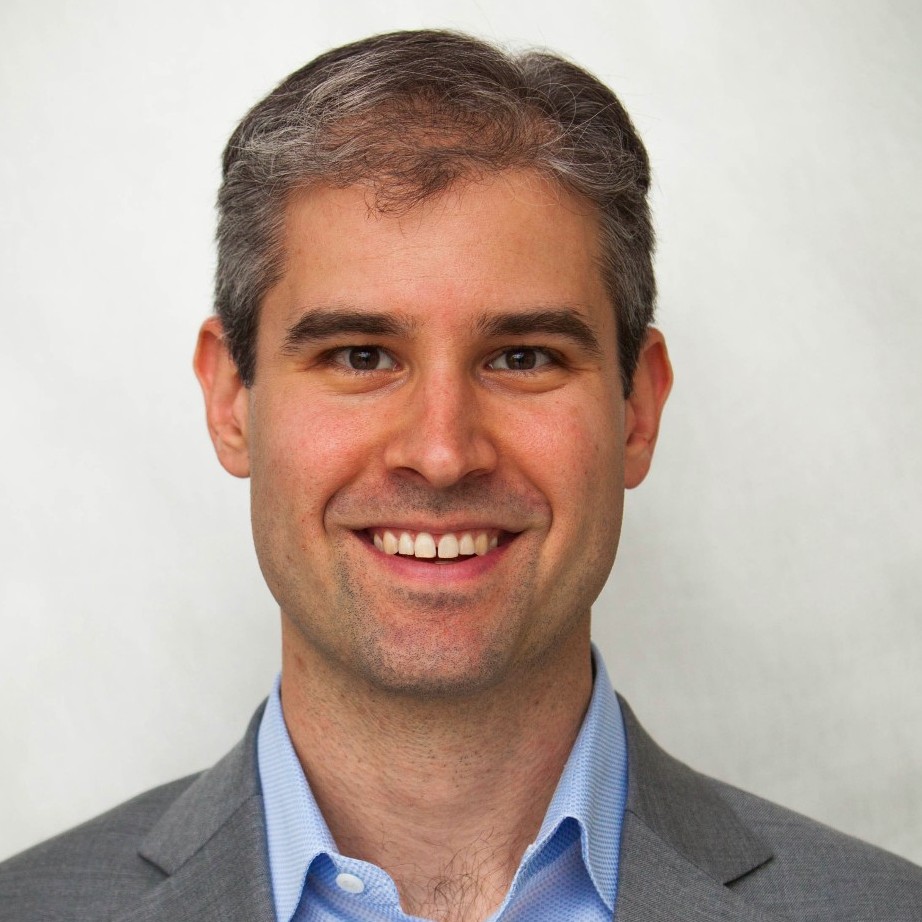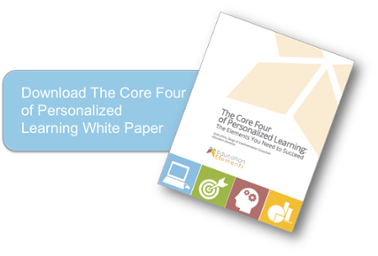When I started writing Disrupting Class in 2006, I was stunned to learn that our school systems—not just in the United States, but throughout most of the world—were not built to optimize learning. They were built to standardize the way we teach and test and for sorting.
Modeled after factories, schools batch students into classrooms by age, teach, and then ship students out to the next grade or body of material regardless of whether they have mastered the set of concepts introduced.
According to David Tyack and Larry Cuban, the theory went that with students grouped by grade level and then batched in classrooms, teachers could teach ‘‘the same subjects, in the same way, and at the same pace’’—a standardized, or monolithic, process—so that schools could enroll a far greater number of students.
This efficient system allowed many countries to offer universal education over the last century. As countries moved from agricultural economies to industrial ones, it was reasonably effective, too.
In the United States, the factory-model schools prepared students for the economy of of the early 20th century and helped lift millions into the middle class. In 1900, the majority of students would take industrial jobs and did not need a deep education; only 17 percent of all jobs at the time required knowledge workers. The fact that many students dropped out of high school, did not attend or complete college, or — more to the point — did not learn much academically did not cripple students when they left for the workforce nor did it significantly hurt the American economy.
But as countries are moving into an economy in which over 60 percent of jobs require knowledge workers, and we expect schools to educate all children so that they can realize their fullest human potential, it leaves too many students behind—and not just ones from disadvantaged backgrounds.
Put simply, standardizing won’t get our students, schools, and society to the next level. We need a system that is built for learning.
As educators and parents know, just because two children are the same age, it does not mean that they learn in the same way and at the same pace. Each child has different learning needs at different times.
Some students quickly learn material, whereas others struggle to grasp its meaning. These differences often depend upon the subject or concept in which a student is working.
There are many differing explanations for these differences. But what cognitive scientists agree upon is that all students have different aptitudes—or what cognitive scientists refer to as ‘”working memory” capacity, meaning the ability to absorb and work actively with a given amount of information from a variety of sources, including visual and auditory. And we all have different levels of background knowledge—or what cognitive scientists refer to as ‘‘long-term memory.’’ This means people bring different experiences, or prior knowledge, into each learning experience, which impacts how they will learn a concept. If a teacher assumes that everyone in a class is familiar with an example from history that is only ancillary to the point of a particular lesson, for instance, but the teacher uses that example to illustrate a particular point, then the students who are unfamiliar with the example or who have misconceptions about it may develop misconceptions about the point of the lesson or miss the point altogether.
Understanding this helps us understand why nearly all of us have had an experience of being stuck in a class in which no matter how many times the teacher explained a concept, we just couldn’t grasp it. The class whisked along, we fell further behind, and frustration mounted. Many of us have also experienced the reverse. Sometimes we understood things before our classmates. We grew bored when the class repeatedly drilled a concept for those who struggled to understand. A stunning number of students drop out of school not because they are struggling, but because they are bored. School should not be a place where our students are either frustrated or bored; it should be a place where they are engaged and excited to learn.
To optimize all students’ learning--so that each child can succeed not just in school but in life--we need to personalize learning for each student’s distinct learning needs. We cannot persist with an education that works for some students, sometimes.
Although there are many definitions for what “personalized learning” is, in my work in education over the past decade, I’ve come to think of it as a verb: tailoring learning to an individual student’s particular needs—not for its own sake, but so that each individual succeeds.
The power of personalized learning, understood in this way, is intuitive. When students receive one-on-one help from a tutor instead of mass-group instruction, the results are generally far superior. This makes sense, given that tutors can do everything from adjusting their pace if they are going too fast or too slow to rephrasing an explanation or providing a new example or approach to make a topic come to life for a student. Also, tutors usually persist until their students fully comprehend the material whereas in the traditional class setting, there is often a starting and stopping point based on time, not mastery. A personalized approach also implies that students can receive a one-on-one learning experience when they need it, but can also partake in group projects and activities when that would be best for their learning.
Studies show the power of this kind of personalized learning for maximizing student success. One of the first studies to draw attention to personalized learning was Benjamin Bloom’s classic ‘‘2 Sigma Problem’’ study, published in 1984, which measured the effects of students learning with a tutor to deliver just-in-time, customized help. The striking finding was that by the end of three weeks, the average student under tutoring was about two standard deviations above the average of the control class. That means that the average tutored student scored higher than 98 percent of the students in the control class. Bloom found that small-group instructional practice also had a significant impact, as it similarly allowed teachers to personalize the learning for students. A more recent meta-analysis by Kurt VanLehn, which revisits Bloom’s conclusion, suggests that the effect size of human tutoring seems to be more around 0.79 standard deviations than the widely publicized 2 standard deviation figure. Even with this revision, however, the impact is hugely significant.
The challenge, though, is twofold. First, because we simply cannot afford a tutor for every child, personalizing learning has been historically out of reach. Second, because our education system is built to standardize the way we teach and test, despite the heroic efforts of many teachers who try painstakingly to differentiate instruction, tailoring the lesson to each child is nearly impossible in a typical classroom with 20 to 35 students and only one teacher. With a system that mandates the amount of time students spend in class but does not expect each child to master the content, most students are forced to move on to the next concept when the whole class moves on, not when they are ready. This creates learning gaps that haunt them later in their schooling.
With the advent of online learning though, we now have a tool that changes the game. Implementing online learning in a blended setting can allow educators to transform schools to personalize affordably for all students at scale.
When Disrupting Class was first published in 2008, this was a novel idea. It no longer is. Failing to take advantage of this moment in time would be a huge missed opportunity.
As the world has changed, so, too have our hopes for our children. If all students are to succeed and find and fulfill their potential, our schools must change, too. Personalizing learning is critical.
--





